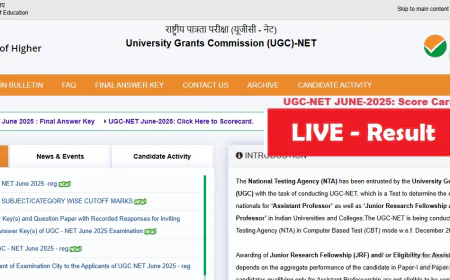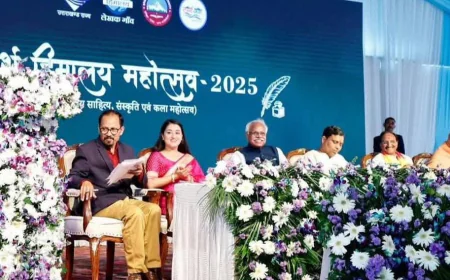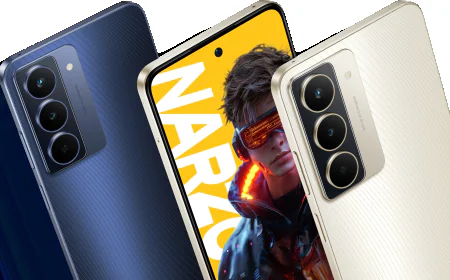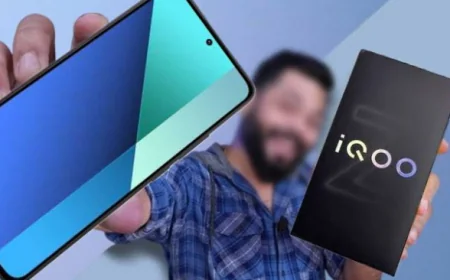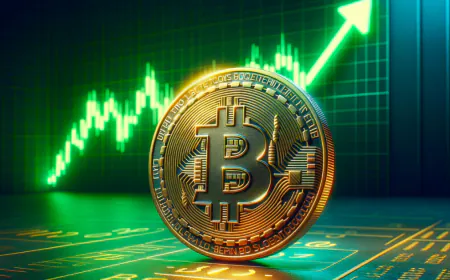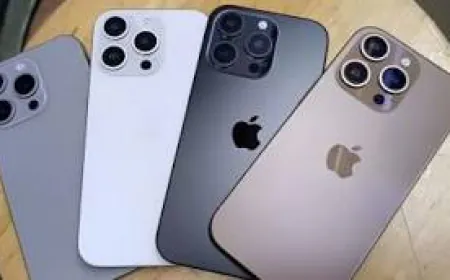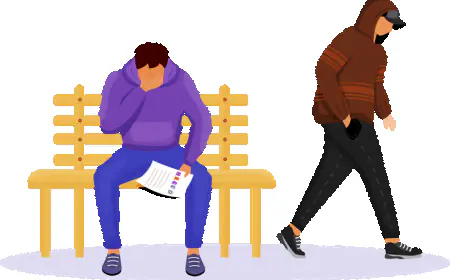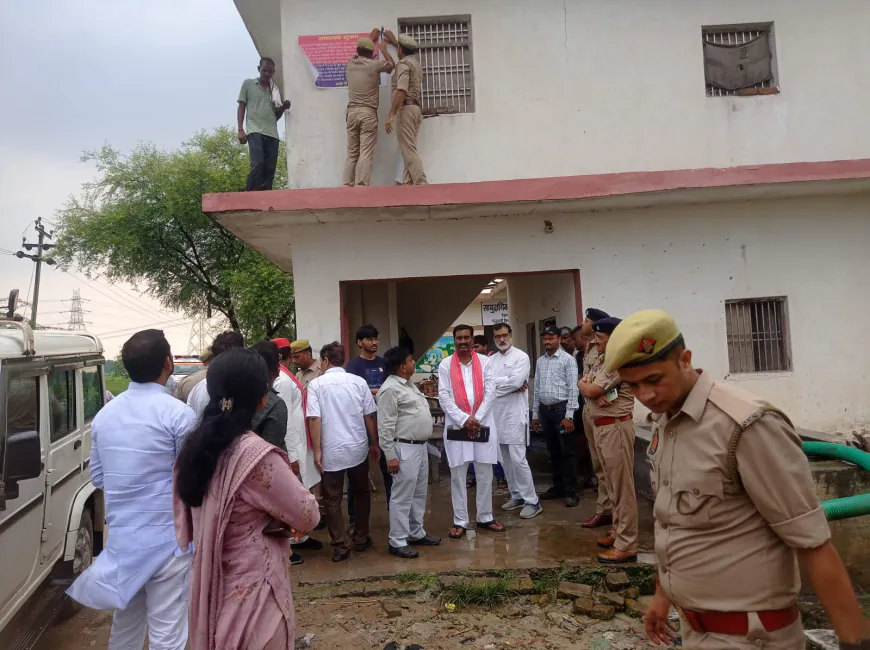New Dimensions of New Technology

New Dimensions of New Technology
(This achievement of science and technology will have the potential to change different aspects of life.)
There will come a time when no device can be detected by some microorganism in the body. Find out who was and where is now, how will it be? In common parlance, the world would be in a new era if it were easier to find out where one is actually at. Science has changed our lives. New changes are coming up every day. Technology is part of science, but its development and expansion in the world of science has opened up a new world. New technology surprises people every day. One technology didn't come a step further than the other, making it obsolete too soon. The technological revolution has affected human life most One such technology is GPS, which is a satellite-based system.
GPS technology has now become an integral part of all things done in the world. It's been used in our cell phones, vehicles, watches and now even children's school bags. In a way, it's the era where nothing seems quite possible without GPS. Oh. That's why everyone is familiar with its name and work today. Meanwhile, a challenge for scientists now is whether human presence can be traced anywhere. There have been different ideas and experiments on this so far, but they were impractical. There are options such as wearable GPS devices and 'radio frequency identification' i.e. 'RFID' implants Oh. Such a chip can be inserted into the body But it doesn't tell where the person is. just tells the identity GPS chips require signals from external satellites to work, but such signals do not reach under the skin. At the same time, such a chip will also require batteries for energy that would naturally be small and last only a limited amount of time. It will also be difficult to change it over and over again. Scientists have now moved on to a new discovery.
If all went well, the day is not far away when bacteria found in our bodies that we can't see with our eyes will become part of technology. There are millions of different types of bacteria in the body. Many of these bodies are found inside and outside. They are both beneficial and harmful in their nature. But what if the same bacteria started working on GPS? The Swedish research team successfully developed an artificial field tool by using the 'microbiome geographic population structure', i.e., MGPS, to find out where a person has been. It can analyze bacteria to find out about those locations. This artificial field tool can use bacteria as geographic fingerprints to identify where a person went. Researchers found that many places have specific populations of bacteria, so when someone touches a surface in a public place, they are exposed to the bacteria on that surface. which can be used to connect it back to that exact location. Unlike human DNA, the group of bacteria changes constantly when exposed to different environments.
It's also natural to wonder how using bacteria would tell where a person went in their study, the researchers focused on bacteria that function subtly like fingerprints. Analyzed a comprehensive dataset of 'microbiome' samples from urban environments, soil and marine ecosystems and when trained an AI model to identify fingerprints and link them with geographic directions, positive results came. The accuracy of the source site was also correct. Certainly the 'microbiome data' was behind it. The success of this new research shows that when 'microbiome data' from different environments were tested, they met the test. The research team found success in identifying the right city in ninety percent of urban samples. It's certainly turned out to be a great technique that has succeeded in finding the exact source. This will open the door to new possibilities in medicine, epidemiology and forensic science. Not only that, challenging this artificial field device, the research team in Hong Kong also detected the underground station from which samples came with 82 percent accuracy while testing at less than a meter distance in New York, it did well to identify differences between locations on reliability tests.
It can also be understood this way. Microorganisms keep changing themselves from time to time. Especially when we go to different places and fall into the same environment. This technology helps to tell where microorganisms were a while ago. It will help in many ways. The first will identify the spread and source of infection. Secondly, there will be cooperation in criminal investigations and easier identification of the offender. This technology could have prevented such a tragedy during the Corona. It is not impossible to find the source of infection "MGPS' AI equipment detects recent locations and assists with forensics and epidemiology by linking bacteria to specific geographical origins. Now, after the success of their research, scientists are moving toward enabling or upgrading tools to use this AI.
The smart phone screen will now be made more modern, allowing it to identify the bacteria on a user's fingers and find out where they are. Scientists are confident that when this technology comes to 5 smartphones in the future, it will benefit everyone. New features will be added to the smartphone screen, such as special sensors for detecting bacteria, allowing the screen to identify microorganisms on a user's fingers and tell where they are. This technology will not only prevent the spread of disease, but also provide information about our health. This achievement of science and technology will have the potential to change different aspects of life. The new discovery is going to give a fresh start in human life. Vijay Garg Retired Principal educational columnist Eminent Educationist street kour Chand MHR Malout Punjab (This achievement of science and technology will have the potential to change different aspects of life.) There will come a time when no device can be detected by some microorganism in the body. Find out who was and where is now, how will it be? In common parlance, the world would be in a new era if it were easier to find out where one is actually at. Science has changed our lives. New changes are coming up every day.
Technology is part of science, but its development and expansion in the world of science has opened up a new world. New technology surprises people every day. One technology didn't come a step further than the other, making it obsolete too soon. The technological revolution has affected human life most One such technology is GPS, which is a satellite-based system. GPS technology has now become an integral part of all things done in the world. It's been used in our cell phones, vehicles, watches and now even children's school bags. In a way, it's the era where nothing seems quite possible without GPS. Oh. That's why everyone is familiar with its name and work today. Meanwhile, a challenge for scientists now is whether human presence can be traced anywhere. There have been different ideas and experiments on this so far, but they were impractical. There are options such as wearable GPS devices and 'radio frequency identification' i.e. 'RFID' implants Oh. Such a chip can be inserted into the body But it doesn't tell where the person is. just tells the identity GPS chips require signals from external satellites to work, but such signals do not reach under the skin. At the same time, such a chip will also require batteries for energy that would naturally be small and last only a limited amount of time. It will also be difficult to change it over and over again. Scientists have now moved on to a new discovery. If all went well, the day is not far away when bacteria found in our bodies that we can't see with our eyes will become part of technology. There are millions of different types of bacteria in the body. Many of these bodies are found inside and outside. They are both beneficial and harmful in their nature. But what if the same bacteria started working on GPS? The Swedish research team successfully developed an artificial field tool by using the 'microbiome geographic population structure', i.e., MGPS, to find out where a person has been. It can analyze bacteria to find out about those locations. This artificial field tool can use bacteria as geographic fingerprints to identify where a person went. Researchers found that many places have specific populations of bacteria, so when someone touches a surface in a public place, they are exposed to the bacteria on that surface. which can be used to connect it back to that exact location.
Unlike human DNA, the group of bacteria changes constantly when exposed to different environments. It's also natural to wonder how using bacteria would tell where a person went in their study, the researchers focused on bacteria that function subtly like fingerprints. Analyzed a comprehensive dataset of 'microbiome' samples from urban environments, soil and marine ecosystems and when trained an AI model to identify fingerprints and link them with geographic directions, positive results came. The accuracy of the source site was also correct. Certainly the 'microbiome data' was behind it. The success of this new research shows that when 'microbiome data' from different environments were tested, they met the test. The research team found success in identifying the right city in ninety percent of urban samples. It's certainly turned out to be a great technique that has succeeded in finding the exact source. This will open the door to new possibilities in medicine, epidemiology and forensic science. Not only that, challenging this artificial field device, the research team in Hong Kong also detected the underground station from which samples came with 82 percent accuracy while testing at less than a meter distance in New York, it did well to identify differences between locations on reliability tests. It can also be understood this way. Microorganisms keep changing themselves from time to time. Especially when we go to different places and fall into the same environment. This technology helps to tell where microorganisms were a while ago. It will help in many ways. The first will identify the spread and source of infection. Secondly, there will be cooperation in criminal investigations and easier identification of the offender.
This technology could have prevented such a tragedy during the Corona. It is not impossible to find the source of infection "MGPS' AI equipment detects recent locations and assists with forensics and epidemiology by linking bacteria to specific geographical origins. Now, after the success of their research, scientists are moving toward enabling or upgrading tools to use this AI. The smart phone screen will now be made more modern, allowing it to identify the bacteria on a user's fingers and find out where they are. Scientists are confident that when this technology comes to 5 smartphones in the future, it will benefit everyone. New features will be added to the smartphone screen, such as special sensors for detecting bacteria, allowing the screen to identify microorganisms on a user's fingers and tell where they are. This technology will not only prevent the spread of disease, but also provide information about our health. This achievement of science and technology will have the potential to change different aspects of life. The new discovery is going to give a fresh start in human life.
Vijay Garg Retired Principal educational columnist Eminent Educationist street kour Chand MHR Malout Punjab








